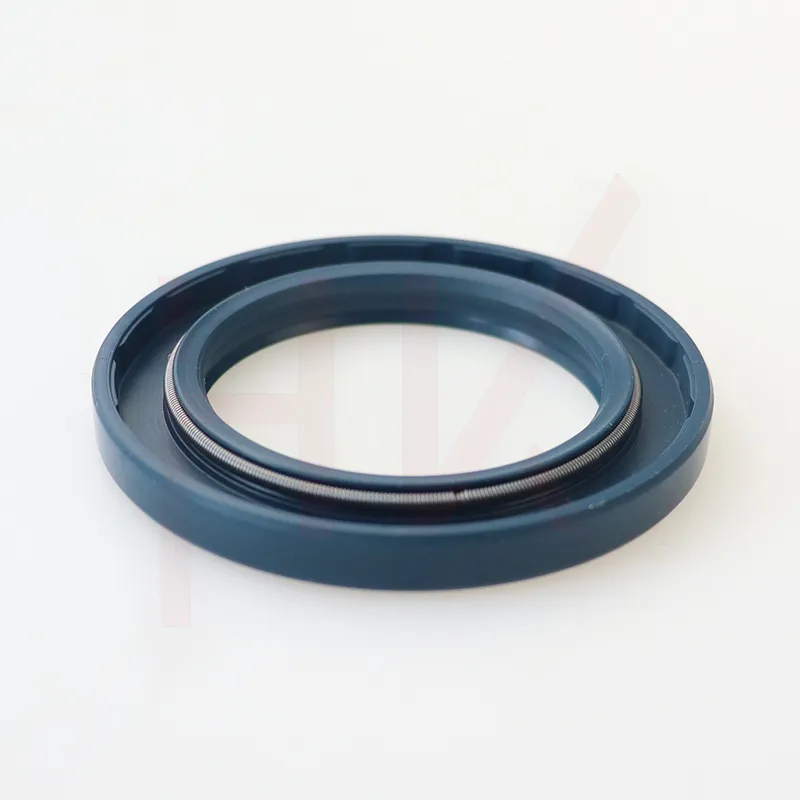Aug . 17, 2024 09:22 Back to list
Fluctuations in Oil Seal Prices and Their Market Impact
The Price of Oil Seals Understanding the Factors and Implications
Oil seals, also known as oil (or grease) seals, are crucial components used in various machinery and automotive applications to prevent the leakage of oils, lubricants, and other fluids. Their primary role is to maintain a grease or oil barrier while keeping contaminants like dirt and water from entering mechanical systems. As manufacturers and industries increasingly rely on these essential components, the price of oil seals has become an important concern for businesses and consumers alike.
Several factors contribute to the pricing of oil seals, including material costs, manufacturing processes, market demand, and global economic conditions. The most commonly used materials for oil seals are rubber, polytetrafluoroethylene (PTFE), and polyurethane. Each material has its unique properties in terms of temperature resistance, chemical compatibility, and durability, thereby influencing their cost. For instance, synthetic rubber and PTFE are often more expensive than traditional rubber but offer better performance in high-temperature or corrosive environments.
Manufacturing processes also play a significant role in the pricing of oil seals. The production involves various stages, from material selection and mixing to molding, curing, and quality assurance. Technological advancements have led to the development of more efficient production techniques that can lower manufacturing costs while maintaining high-quality standards. However, companies that invest in cutting-edge technology often face higher upfront costs, which can translate to higher prices for consumers, at least in the short term.
Market demand and supply dynamics exert a strong influence on the pricing of oil seals as well. In industries such as automotive, aerospace, and industrial machinery, the demand for oil seals fluctuates based on production schedules, maintenance cycles, and overall economic activity. A surge in demand—perhaps due to a boom in vehicle manufacturing—can lead to higher prices if supply does not keep pace. Conversely, during economic downturns when manufacturing slows, prices may decrease.
price of oil seal

Additionally, global economic factors such as trade policies, currency fluctuations, and geopolitical stability can significantly impact oil seal prices. For instance, if the raw materials required for producing oil seals are imported, any tariffs or shipping delays could lead to increased costs for manufacturers, who may then pass those costs onto consumers. In recent years, events like pandemics, trade disputes, and resource scarcity have demonstrated how vulnerable supply chains can lead to significant price fluctuations.
Understanding the price dynamics of oil seals is not just about the cost itself; it also has broader implications for industries that rely on these components. Higher oil seal prices can impact the overall production costs for manufacturers, potentially leading to increased prices for end consumers. This, in turn, may influence market competitiveness and consumer purchasing behavior.
Moreover, businesses must consider the long-term implications of using cheaper oil seals. While it might be tempting to choose the least expensive options available, lower-quality seals can lead to higher maintenance costs, increased downtime, and potential equipment failures. Investing in higher-quality seals can prove to be more cost-effective in the long run, balancing initial costs against durability and performance.
In conclusion, the price of oil seals is influenced by a myriad of factors, from material and production costs to market forces and global economic conditions. As industries continue to evolve and adapt to new challenges, understanding these dynamics becomes crucial for businesses seeking to maintain optimal operational efficiency and cost-effectiveness. For consumers, being aware of the nuances behind oil seal pricing can lead to more informed purchasing decisions, ensuring they select the right products for their specific needs without compromising on quality.
-
TCN Oil Seal Metal Ring Reinforcement for Heavy Machinery
NewsJul.25,2025
-
Rotary Lip Seal Spring-Loaded Design for High-Speed Applications
NewsJul.25,2025
-
Hydraulic Cylinder Seals Polyurethane Material for High-Impact Jobs
NewsJul.25,2025
-
High Pressure Oil Seal Polyurethane Coating Wear Resistance
NewsJul.25,2025
-
Dust Proof Seal Double Lip Design for Construction Equipment
NewsJul.25,2025
-
Hub Seal Polyurethane Wear Resistance in Agricultural Vehicles
NewsJul.25,2025
-
The Trans-formative Journey of Wheel Hub Oil Seals
NewsJun.06,2025
Products categories
















